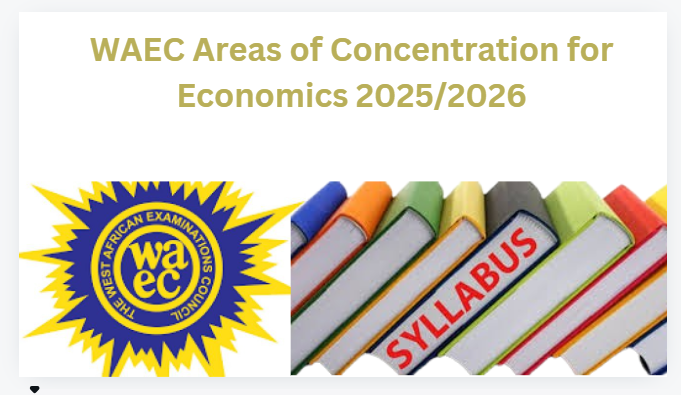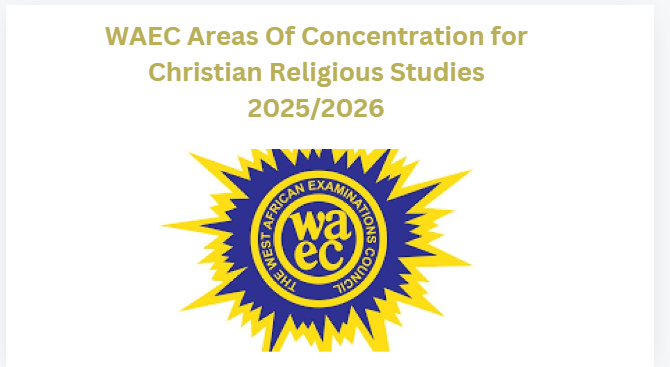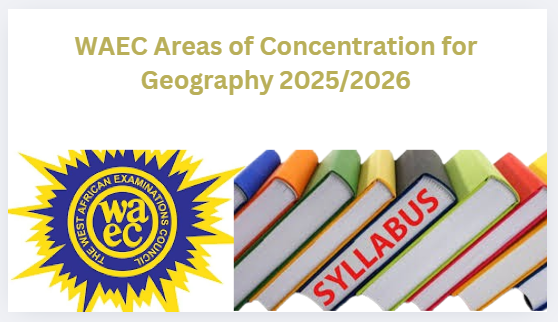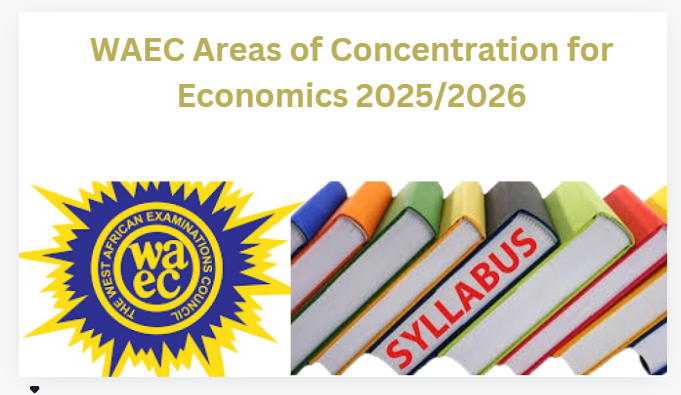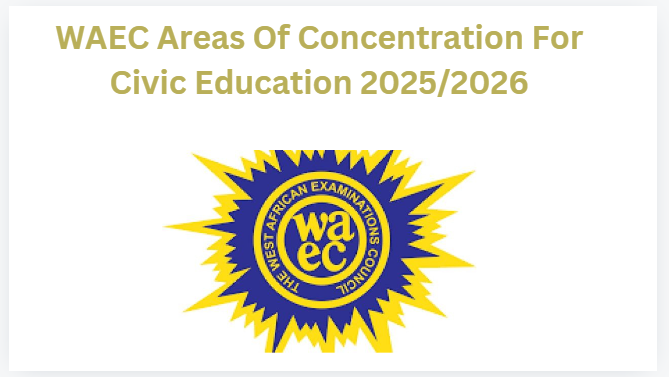If you’re preparing for the 2025–2026 WASSCE English Language exam, it’s essential to focus on key topics in the curriculum to perform well. English is a priority subject for university admission, making it crucial to understand its core areas and develop a solid study strategy.
To effectively revise, practice with suggested and past exam questions while simulating exam conditions by timing yourself. This approach will help reinforce your knowledge and improve your performance on the actual test. Good luck with your preparation!
PAPER 1:
A. LEXIS
The vocabulary for everyday usage includes terms related to home, social relationships, and common school subjects. Additionally, it encompasses general vocabulary associated with various fields, such as Building and Construction, Agriculture, Fishing, Finance, Health, Environment, Culture, Law, Transportation, Government, Sports, Religion, Science and Technology, Animal Husbandry, Advertising, and Human Anatomy.
This diverse vocabulary is essential for effective communication across different contexts and disciplines.
, Human Internal Body system and function.
- Idioms and idiomatic expressions.
- Structural elements of English.
- Figurative Usage.
B. STRUCTURE
- Patterns of changes in word-forms (number, tense, degree, etc.).
- Patterns of word combinations to form groups and sentences.
- Use of structural words (conjunctions, determiners, prepositions, etc.).
PAPER 2:
SECTION A: ESSAY WRITING
- Writing formats: letter, speech, narration, description, argument/debate, report, article, exposition, creative writing.
SECTION B: COMPREHENSION
- Vocabulary equivalence.
- Understanding factual content.
- Making inferences.
- Understanding use of English expressions.
- Identifying and labeling grammatical structures.
- Identifying and explaining literary terms and expressions.
- Recasting phrases or sentences.
SECTION C: SUMMARY
- Extracting relevant information.
- Summarizing points concisely.
- Presenting a summary of specific aspects or portions of the passage.
PAPER 3:
ORAL ENGLISH
Phonetic symbols.
Consonants and consonant clusters.
Vowels (pure vowels, diphthongs, triphthongs).
Stress patterns and intonation.
Rhymes.
Emphatic stress.
- RECENT POST
- WAEC Subject Combination For All Courses 2025/2026 [Art, Commercial, & Science]
- WAEC Subject Combinations for Accounting 2025/2026
- WAEC subject combination for Law 2025/2026
- WAEC Subject Combinations for Pharmacy 2025/2026(Pharmaceutical Sciences)
- WAEC Subject Combinations For Nursing Science 2025/2026
- Waec Areas Of Concentration For Animal Husbandry 2025/2026
- WAEC Timetable 2025/2026
- WAEC Runz 2025/2026 Expo Questions & Answers
- 3 Ways: How to Upgrade Your WASSCE / WAEC Result 2025/2026
- Agricultural Science Waec Syllabus 2025/2026 PDF Download

